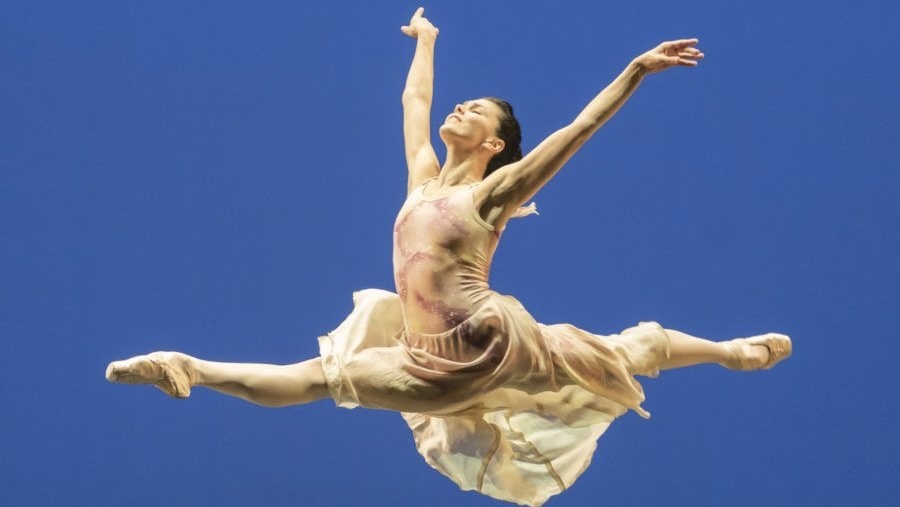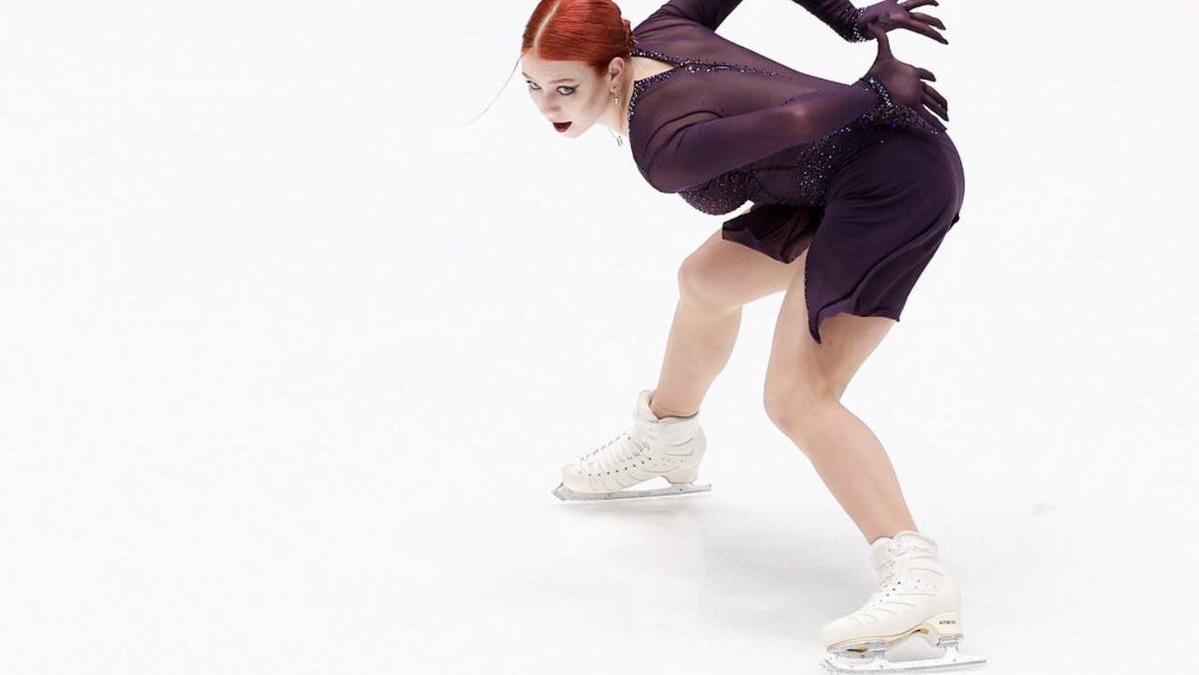January 15, 2025
Alexandra Trusova Expecting a Child
June 03, 2025

Ballet is a breathtaking blend of physical precision and artistic expression, but the mind is the unseen force that elevates a dancer’s performance from technical to transcendent. For ballerinas, mental preparation is as critical as physical training, sharpening focus, building resilience, and deepening emotional storytelling. Drawing from the experiences of icons like Misty Copeland, Natalia Osipova, and Anna Pavlova, this article explores why mental preparation is essential, offering practical strategies and a powerful tip from Misty Copeland to inspire your journey.
Ballet’s high stakes—executing 32 fouettés or embodying a tragic heroine like Giselle—demand mental fortitude. Physical training hones strength and flexibility, but the mind ensures these skills shine under pressure. A 2019 Frontiers in Psychology study found that dancers using mental techniques like visualization reported 25% higher confidence and reduced anxiety. Mental preparation governs focus during demanding sequences, resilience after setbacks, and the ability to captivate audiences with emotional depth.
Misty Copeland, the first African American principal dancer at American Ballet Theatre, exemplifies this balance. In her memoir, Life in Motion, she describes overcoming racial barriers and injuries through mental discipline, using affirmations to anchor her confidence. Her flawless Swan Lake performances reflect hours of mental rehearsal alongside physical practice, proving the mind’s pivotal role.
Visualization, or mentally rehearsing choreography, is a key mental tool. Natalia Osipova, a principal with The Royal Ballet, uses this to master complex roles. In a 2021 Dance Magazine interview, Osipova shared how she visualizes her Don Quixote variation, picturing each leap and turn to enhance precision. This technique strengthens muscle memory and calms nerves, enabling her to deliver Kitri’s dynamic jumps flawlessly.
Ballerinas can practice visualization by mentally walking through their routines, focusing on details like arm placement or musical cues. A 2020 Journal of Dance Medicine & Science study confirms that 10 minutes of daily visualization boosts neural pathways, improving execution. Osipova’s vibrant stage presence shows how this mental work bridges technique and artistry.
Ballet’s intensity—grueling rehearsals, critical feedback, and competition—can tax mental health. Mindfulness keeps dancers grounded. Anna Pavlova, the legendary 20th-century ballerina, was renowned for her serene focus, reportedly meditating before performing The Dying Swan. Her ability to mesmerize audiences stemmed from complete presence, a skill modern dancers replicate through mindfulness.
Simple practices like deep breathing or body scans can ease pre-performance nerves. Copeland, in a 2022 Well+Goodinterview, revealed how meditation helped her conquer stage fright, focusing on her breath during Firebird. Ballerinas can dedicate five minutes daily to mindfulness, releasing doubt and cultivating focus to enhance their stage poise.
Ballet is rife with obstacles—injuries, rejections, and perfectionist pressures. Mental resilience empowers dancers to persevere. Osipova, after a 2019 concussion, returned to perform La Bayadère by setting incremental goals and journaling, as noted in a Royal Ballet feature. Her comeback underscores how mental strength fuels physical recovery.
Dancers can build resilience by viewing setbacks as growth opportunities. A missed role or sprained ankle is a chance to refine technique or explore cross-training. Copeland’s mantra, “I am enough,” inspires self-affirmation. Journaling or mentor discussions can help process challenges, keeping ballerinas on track.
Ballet is storytelling, and mental preparation deepens a dancer’s connection to characters. Pavlova’s The Dying Swancaptivated because she immersed herself in its tragedy, studying swans’ movements off-stage. Copeland prepares by researching a ballet’s narrative, visualizing Giselle’s heartbreak to inform her expressive port de bras, enhancing authenticity.
Ballerinas can connect emotionally by analyzing their role’s story and linking personal experiences to the character. Before performing, imagine the character’s emotions, aligning movements with intent. This mental work transforms steps into compelling narratives.
Misty Copeland offers a powerful mental preparation tip: “Start each day with a positive affirmation to build unshakeable confidence.” In a 2018 MasterClass session, she explained how repeating, “I am strong, capable, and ready,” before rehearsals grounded her, especially during challenging roles like Odette/Odile. Copeland advises ballerinas to write down an affirmation, say it aloud daily, and carry it into the studio. This practice, she says, helped her overcome self-doubt and perform with conviction, turning mental strength into stage magic.
Mental preparation is the invisible partner in a ballerina’s pursuit of excellence, transforming physical prowess into unforgettable artistry. From Copeland’s affirmations to Osipova’s visualization and Pavlova’s presence, the greatest dancers prove that a resilient mind is as vital as a disciplined body. By embracing visualization, mindfulness, resilience, and emotional connection—bolstered by Copeland’s affirmation tip—ballerinas can conquer nerves, overcome obstacles, and dance with soul. As you step into the studio, let your mind be your strongest ally in creating magic on stage.
Achieve More With VSA: Boost your skills with world-class coaches for just $29/hour. Perfect for skaters, hockey players, dancers, and athletes, VSA offers personalized training 24/7, 365 days a year, anywhere in the world.
By Vitalina Andrushchenko, Staff Writer

January 15, 2025
Alexandra Trusova Expecting a Child

April 05, 2025
Alexandra Trusova and Makar Ignatov Reveal the Gender of Their Future Child

December 26, 2024
2025 World Junior Championship Schedule